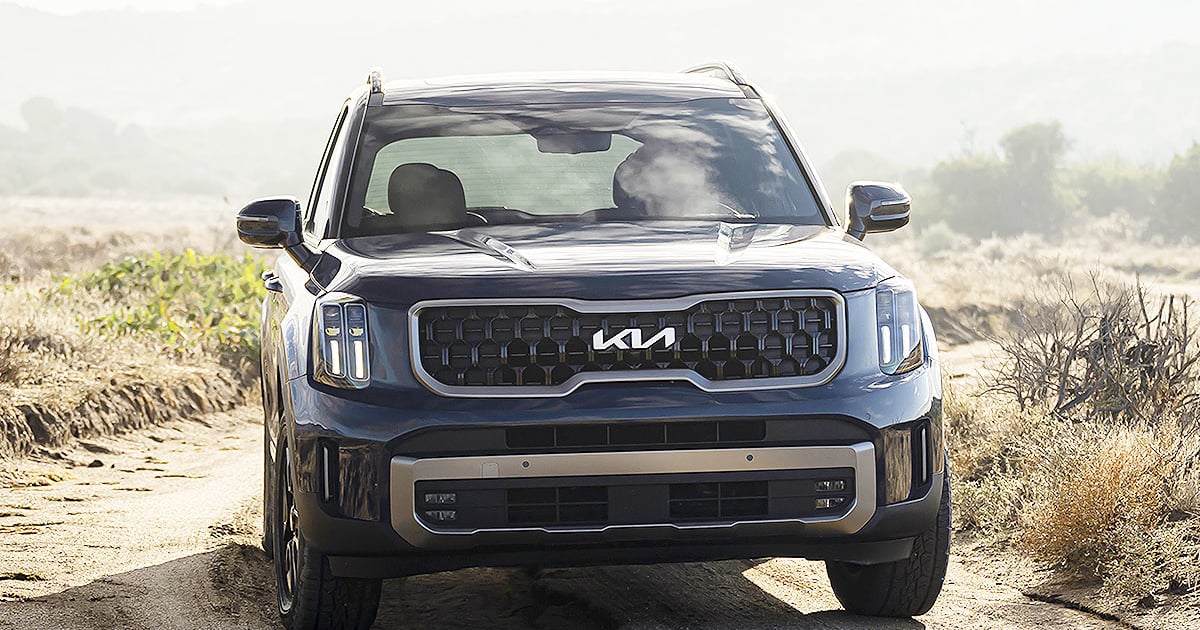
The auto industry is in recovery, but vehicle inventories and retail sales will remain at modest levels throughout the year, according to Eric Watson, vice president of sales operations for Kia America.
“Some manufacturers are producing vehicles and are growing pretty significant dealer stocks, while others continue to struggle to supply their dealers with product,” Watson said.
Kia is maintaining its position in the middle of the two extremes.
“We’re seeing an improvement of the commodities [needed] to build vehicles, but that doesn’t mean that there still aren’t disruptions,” he said.
Kia expects to close March with a 15-day dealer supply, Watson said, which is low compared with historical averages but almost triple the supply from March and April of last year when it dipped to just five days.
“As inventory pressures rise, we’re likely to see incentives increase,” Watson said, adding that Kia’s incentive spending is among the lowest in the industry.
Last month, Kia spent $684 on incentives per vehicle, a near 45 percent decline from February 2022, according to a forecast from TrueCar. General Motors’ spending was $1,887, down only 4 percent from February 2022. Across the board, the industry average was $1,522.
Despite affordability challenges last year, car shoppers remained mostly undeterred because of generous and inexpensive access to money — low interest rates coupled with longer loan terms made payments palatable. Banks and other lenders also were more willing to loan to consumers with credit scores that were less than stellar.
Watson said that market conditions are vastly different from last year, when scant supply of vehicles pushed prices up above sticker. The ongoing economic uncertainty will keep the industry “in check,” he said.
Jessica Caldwell, Edmunds’ executive director of insights, said that financial incentives from automakers will help serve as a potential light at the end of the tunnel as inventory builds and vehicles sit longer on dealer lots.
With prices softening, interest rates continue to rise as the Fed tries to cool inflation. Last week, the central bank raised its benchmark rate a quarter point, to a range of 4.75 to 5 percent, the highest since 2007. It was the ninth consecutive time the Fed increased the rate since it began its inflation-taming campaign in March 2022.
The average new auto loan rate was estimated at 8.94 percent in mid-March, according to Cox Automotive. That’s up nearly a whole percentage point from 8.02 percent in December 2022.
Recent banking failures will likely make financing harder to secure for borrowers with imperfect credit scores.
Jonathan Smoke, chief economist at Cox Automotive, said that banks and other lenders are tightening credit in response to the crisis of confidence and the increased threat of regulatory scrutiny.
However, credit does appear to be flowing. “Since consumers seem willing to pay the higher rate, lenders are being compensated for their risk,” Smoke said.
Car shoppers are not that surprised by the recent rate hikes since they’ve climbed significantly over the last year, Caldwell said.
“But more increases will only continue to hinder what has already become a very expensive proposition,” she added.
Watson does not envision big changes to sales on the retail side. “I expect the industry SAAR will stay very stable and similar to what we’ve seen over the past six months,” he said.
Rates will eventually stabilize, Smoke said, as the Fed reaches the peak it wants and/or risk diminishes, leading to narrower yield spreads.
“Likewise, once demand cools for a bit, vehicles will return to being depreciating assets,” he added. “As a result, a would-be buyer who was sidelined looking for a specific payment will eventually see a payment that works for their budget.”